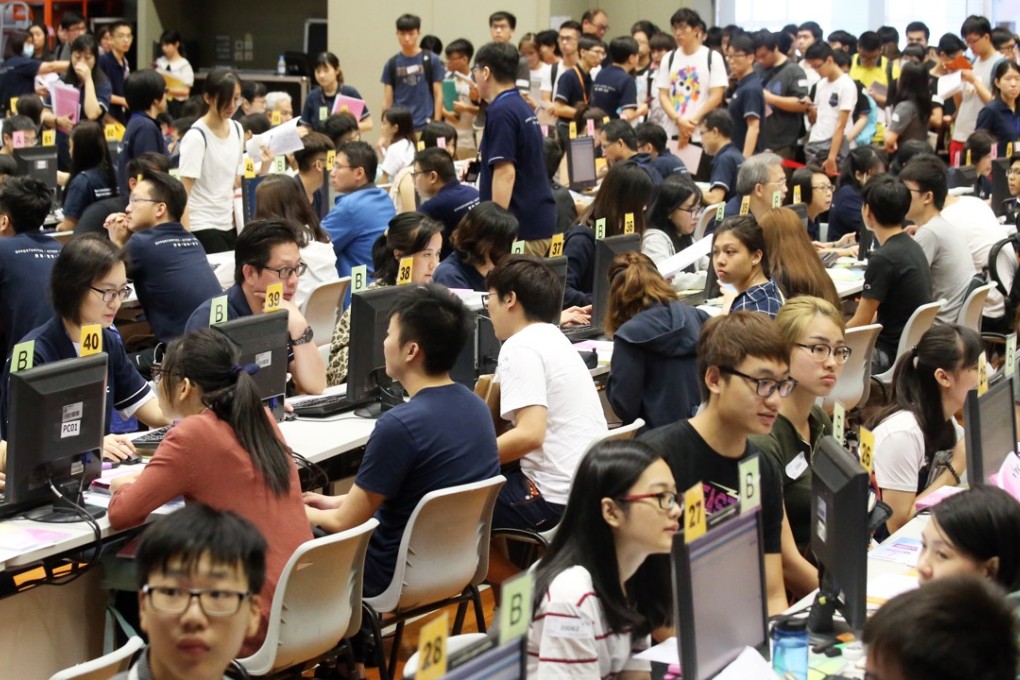Why Carrie Lam’s HK$30,000 subsidy may hurt the quality of higher education in Hong Kong
Albert Cheng calls for the subsidy programme to be extended to Hong Kong’s eight UGC-funded tertiary institutions, so that eligible students are not forced to place financial ability above programme quality

Watch: Carrie Lam begins her term as Hong Kong’s top leader
When the new education measures were still in the pipeline, Lam failed to consult relevant stakeholders. The government turned down a proposed meeting by the Federation for Self-financing Tertiary Education, which comprises the eight tertiary institutions and other major non-profit-making institutions. Opinions from the industry were neglected.
Why is a vote on increased Hong Kong education funding so important?
The new measure provides a subsidy only to self-financing local programmes that are not offered by the eight tertiary institutions. Thus, eligible students will apply for the subsidised programmes, possibly marginalising and undermining the better-quality programmes offered by the tertiary institutions. Students will be forced to choose according to financial ability rather than programme quality, and some may end up with a degree in a subject not of their choosing.
Subsidising substandard programmes [is] effectively forcing students to accept poor-quality education
Students who have obtained the necessary Diploma of Secondary Education examination results but are not able to go to the UGC-funded universities can pursue a different path: they can apply for publicly funded sub-degree or accredited self-financing sub-degree programmes, accredited self-financing top-up degree programmes, as well as others offered by private institutions. Before the subsidy scheme, public and private institutions competed fairly, with better-quality programmes attracting more students.
Now, the situation will become skewed. This is a misallocation of resources and the outcome is unfair. It could be said that students’ choices are being limited.
The measure is not going to help the government to achieve its objective, set in 2000, of raising the tertiary-educated population to 60 per cent. The programmes offered by the eight institutions have evolved and improved over the past 15 years. A solid foundation has been laid and some programmes have gained a fine reputation. The institutions themselves could make higher education more popular in Hong Kong.
